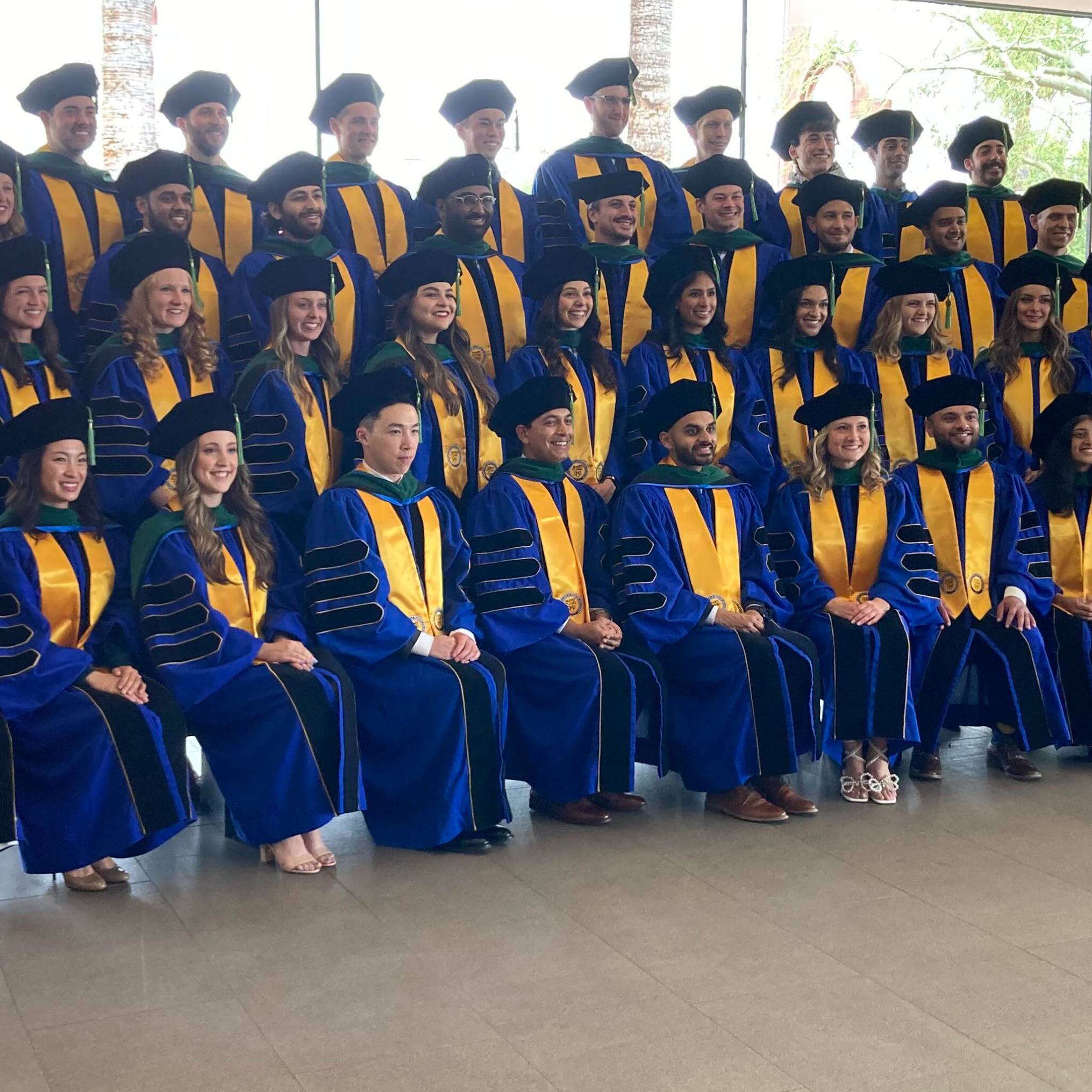-
Research
Precision Medicine, Part Two: Benefits of Mapping the Human Genome

This is part two of a three-part series on What Is Precision Medicine, another of the Center for Individualized Medicine's attempt to explain and introduce precision medicine to an audience that may just be coming to the topic. Part one explored “From Double Helix to Health Care,” and part three, coming next week, will look at "Cost and Time No Longer Barriers to Sequencing."
* * *
Benefits of Mapping the Human Genome
Nearly every human disease has some basis in our DNA. For decades, physicians have been able to take the study of genes, or genetics, into consideration in the case of some birth defects and a limited set of other diseases. These were conditions, such as sickle cell anemia, which have simple, predictable inheritance patterns because each is caused by a change in a single gene.
After the completion of the Human Genome Project in 2003, scientists and researchers slowly began finding evidence of the important and complex role that genomics—the study of the entire genome—has in human health. It has created a vast trove of data about human DNA. Scientists and clinicians developed more powerful tools to study the role that multiple genetic factors acting together and with the environment play in much more complex diseases. These diseases, such as cancer, diabetes, and cardiovascular disease constitute the majority of health problems in the United States.
Genome-based research is already enabling medical researchers and clinicians to develop improved diagnostics, more effective treatment strategies, and better decision-making tools for patients and providers. Ultimately, the goal is to tailor the treatment to a person's particular genomic makeup. As a result, the role of genetics in health care is starting to change profoundly, giving physicians more precision in disease diagnosis and treatment. Now precision medicine is emerging as a valuable tool in the day-to-day practice of health care professionals.
Genomics has slowly moved out of the laboratory and into the clinic. And cancer is at the vanguard of this effort.

Patients with metastatic lung, breast or brain cancers and patients with melanoma or leukemia now have new treatments available to them. Genome or exome sequencing provides a “molecular diagnosis” that allows physicians to tailor treatments specifically for the individual that can greatly improve the chances of survival. For many diseases, trial-and-error medicine can be replaced with specific therapies that target individual gene mutations.
For example, instead of a standard therapy to treat breast cancer, a better understanding of the genome allows physicians to identify and prescribe treatments developed specifically to fit an individual patient’s needs, whether it’s testing for inherited genes like BRCA1 and BRAC2, or testing the ERBB2 gene for overproduction of the protein HER2/neu, which promotes cancer growth due to a gene mutation.
Oncology has not been the only area of medicine benefiting from mapping the human genome.
Genotyping of drug-metabolizing enzymes has improved diagnosis, treatment modality decisions, and dosing of drugs for conditions as common and wide-ranging as anxiety and depression, coronary artery disease and inflammatory bowel disease. This has dramatically reduced harmful side effects, adverse drug interactions and ineffective treatment.
This “therapeutic revolution,” said Richard Weinshilboum, M.D., director of Mayo Clinic’s Pharmacogenomics Program, “has brought us to pharmacogenomics, where we’re scanning the genome to try to cure, even prevent diseases. The future is not around the corner. It’s now. The goal is to deliver the right drug at the right time in the right dose to the right person, and eliminate treatments that don’t work.”

Noninvasive prenatal genomic testing is another success story in genomic medicine. It has revolutionized prenatal screening for aneuploidy in a very short time. “Test performance is significantly better than current primary screenings for autosomal aneuploidy,” said Diana Bianchi, M.D., executive director for the Mother Infant Research Institute at Tufts Medical Center. “And this has resulted in significant decreases in invasive procedures.”
Speaking at Mayo Clinic’s Individualizing Medicine Conference 2014, Dr. Bianchi also noted that in the past two years, non-invasive prenatal testing for trisomy disorder, such as Down’s syndrome, has begun to rapidly replace traditional amniocentesis methods.
At the Individualizing Medicine Conference 2015, Stephen Quake, Ph.D., noted that the use of non-invasive prenatal testing doubled in one year. In 2014, 500,000 women receive the test, and in 2015, it was over 1 million. The Stanford University researcher also spoke on how he is applying his work in non-invasive prenatal testing for genetic birth defects to heart and lung transplant patients.

Individualized medicine is being used in the microbiome, as well. Fecal microbiome transplants are proving to be a highly effective treatment for recurrent Clostridium difficile infection, or C.diff as it is frequently called.
Treatment and prognosis of Mendelian diseases, in which a single gene is broken, such as cystic fibrosis or Huntington’s disease, have also benefited from genomics. In 1990 the medical community knew about 61 such monogenic traits. By 2013, the single gene for 4,800 such diseases had been identified. More are being identified all the time.
Too little is still known about common, complex diseases, such as diabetes, Alzheimer’s and cardiovascular disease. Are there genetic components in the complicated combination of family history, environment and personal behavior? Much still needs to be learned, but new discoveries are being announced all the time. The foundation to precision medicine is slowly being added to one building block at a time.







